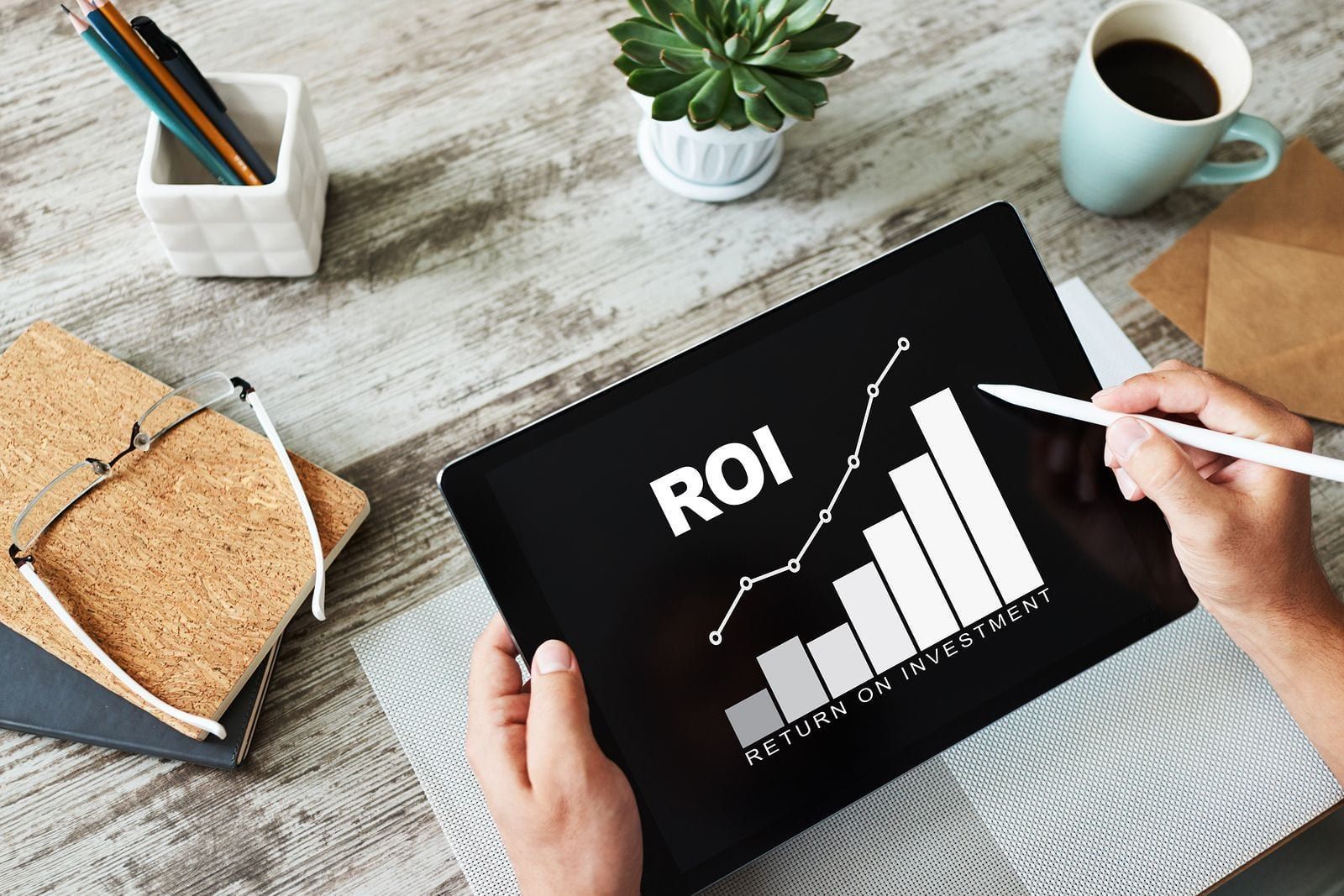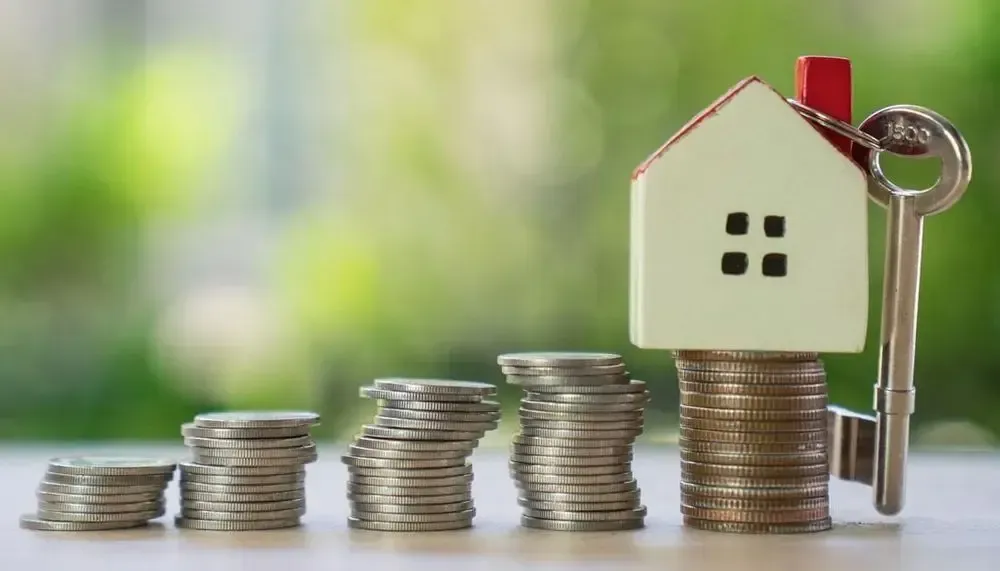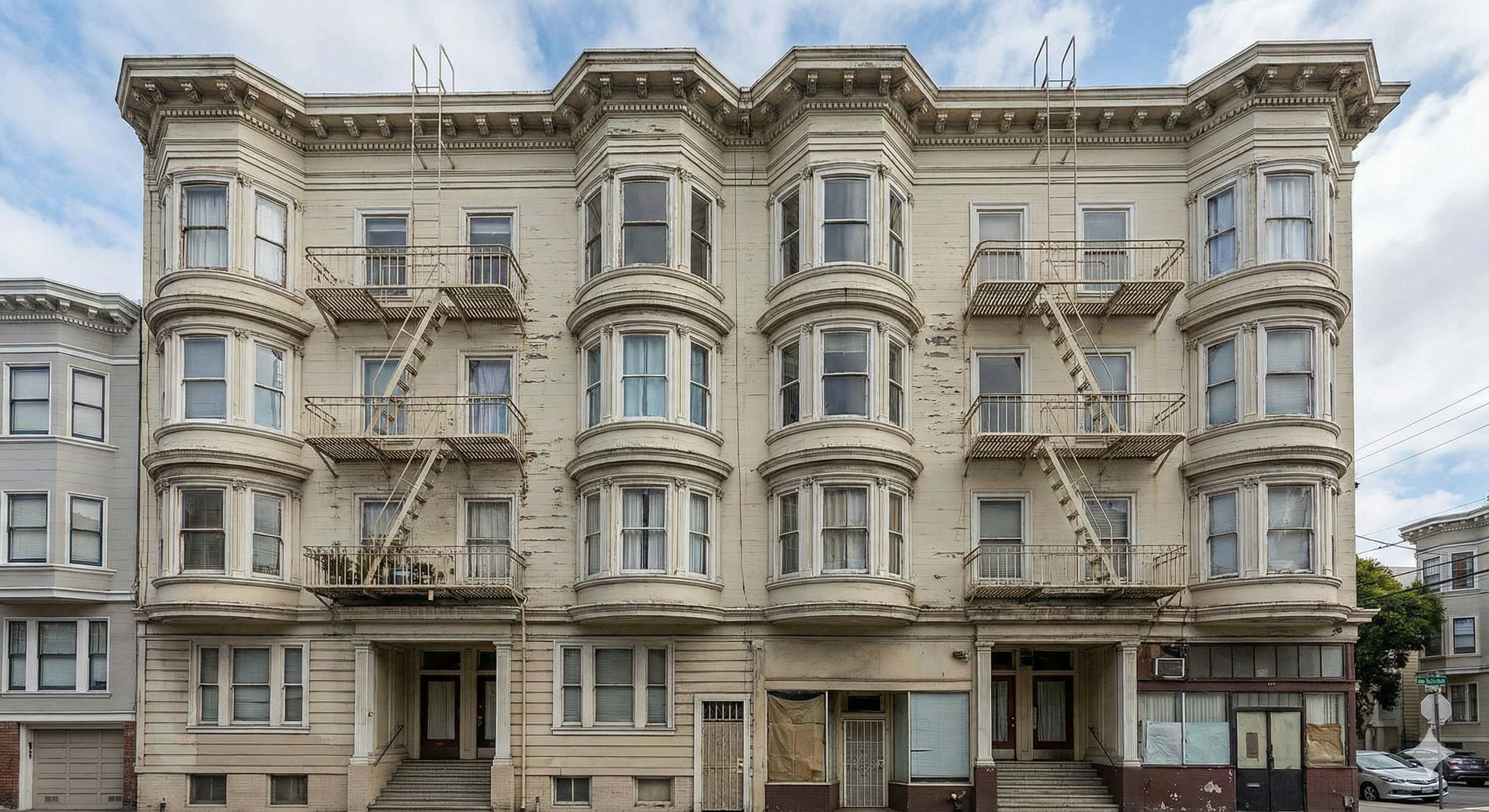How to Optimize Rental Property ROI: A Comprehensive Guide
Investing in rental properties is a financially rewarding venture. At the heart of this success is Rental Property Return on Investment (ROI). The core concept of Rental Property ROI is straightforward – it's the profit made on a rental property relative to its cost.
This percentage indicates how well your investment is performing or is expected to perform. The higher the ROI, the better the investment is deemed to be. Understanding and optimizing Rental Property ROI is crucial for investors. It not only measures the success of an investment but also aids in making informed decisions about future ventures.

Understanding Rental Property ROI
Rental Property ROI, short for Return on Investment, is a measure used by real estate investors to evaluate the performance of their rental properties. It's calculated by dividing the annual rental income by the total cost of the property, then multiplying by 100 to get a percentage.
Definition of Rental Property ROI
Simply put, Rental Property ROI is the ratio of money gained or lost on an investment relative to the amount of money invested. It provides a quantifiable way to assess the profitability of a rental property.
Why Rental Property ROI Matters
For investors, Rental Property ROI is a vital metric. It offers a clear snapshot of the property's profitability, guiding investment decisions. A high ROI signifies a successful investment, while a low ROI could indicate a need for property improvements or a reconsideration of rental rates. Understanding this measure can help investors optimize their portfolios and maximize profits.
Ways to Increase Rental Property ROI
These are some ways to increase ROI:
Maximizing Rent
- Market Analysis: Regularly conduct market analysis to ensure your rental rates align with the current market conditions. If comparable properties are renting for more, it may be time to increase your rates.
- Value-add Amenities: Enhance tenant appeal by adding amenities such as Wi-Fi, upgraded appliances, or a fitness center. These can justify higher rent prices.
Reducing Vacancies
- High-Quality Tenants: Screen prospective tenants thoroughly for financial stability and reliability, reducing the risk of prolonged vacancies.
- Competitive Pricing: Ensure your property is priced competitively to attract a steady flow of interested tenants.
Regular Maintenance and Improvements
- Routine Inspections: Conduct routine property inspections to catch minor issues before they become major, costlier problems.
- Regular Upgrades: Make regular improvements to the property - aesthetic upgrades like fresh paint or new flooring can increase property value, attracting higher-paying tenants, and thus boosting ROI.
By implementing these strategies, real estate investors can maximize Rental Property ROI, ensuring a steady, profitable income stream and a successful investment portfolio.

How to Calculate Rental Property ROI
Calculating Rental Property ROI involves a simple formula:
Rental Property ROI = (Annual Rental Income / Total Property Cost) * 100
Let's break this down step-by-step:
Step 1: Determine Annual Rental Income
This is the total amount of rent you collect from tenants over a year. For example, if you charge $1,000 per month, your annual rental income is $12,000.
Step 2: Calculate Total Property Cost
This includes the purchase price of the property and any additional costs such as renovations, repairs, and maintenance. Suppose you bought a property for $100,000 and spent $20,000 on renovations. Your total property cost would be $120,000.
Step 3: Apply the ROI Formula
Now, divide your annual rental income by your total property cost and multiply by 100. Using our examples, your ROI would be:
(12,000 / 120,000) * 100 = 10%
In this case, your ROI is 10%, indicating a decent return on your investment. Understanding this calculation can help inform your investment strategies and optimize your Rental Property ROI.
Common Mistakes to Avoid While Optimizing Rental Property ROI
Neglecting Regular Maintenance
- Regular maintenance keeps your property in good condition and attracts high-quality tenants. Neglecting maintenance can lead to costly repairs and vacancies, reducing your ROI.
Avoidance Tip: Schedule regular inspections to identify and fix minor issues before they escalate.
Incorrect Pricing
- Setting rent too high can lead to prolonged vacancies; too low, and you minimize your profit.
Avoidance Tip: Conduct regular market analyses to set competitive rental rates.
Poor Tenant Screening
- Hastily accepting tenants can result in missed rents or property damage.
Avoidance Tip: Implement a thorough tenant screening process to secure reliable, long-term tenants.
Overlooking Additional Costs
- Failing to account for costs such as insurance, taxes, and utilities can lead to miscalculated ROI.
Avoidance Tip: Keep a detailed record of all property-related expenses to ensure accurate ROI calculations.
Remarks
Optimizing Rental Property ROI hinges on understanding its calculation, recognizing its significance, and applying effective strategies. These include setting appropriate rents, minimizing vacancies, conducting regular maintenance, and avoiding common mistakes. By doing so, you ensure a lucrative and successful real estate investment journey.
Contact Us
Need professional assistance in maximizing your Rental Property ROI? Don't hesitate to contact us. Visit our homepage for more valuable resources on rental property investment.
Frequently Asked Questions
1. What factors can affect my Rental Property ROI?
Several elements can influence your Rental Property ROI. These include your property’s location, the local real estate market conditions, the quality of your tenants, and the frequency of property vacancies. Regular maintenance and improvements can also significantly impact your ROI.
2. How often should I recalibrate my rent price?
It's advisable to reassess your rent price annually. This ensures it remains competitive and reflects any changes in the market or property improvements made.
3. What type of maintenance can boost my Rental Property ROI?
Regular inspections and preventative maintenance can help avoid major, costly repairs down the line, effectively boosting your ROI. Updates such as paint refreshes, appliance upgrades, or landscaping improvements can also enhance property appeal and justify higher rent prices.
4. How can I decrease vacancies in my rental property?
Effective marketing, competitive rent pricing, and thorough tenant screening are key strategies to maintain high occupancy rates. Providing an appealing living environment and responding promptly to tenant concerns can also encourage longer tenancy periods.
5. How do I calculate Rental Property ROI if I have a mortgage on the property?
When calculating Rental Property ROI with a mortgage, your total property cost becomes your down payment, closing costs, and renovation costs, plus the total of all mortgage payments made over the year. Use this revised total property cost figure in the ROI formula.










